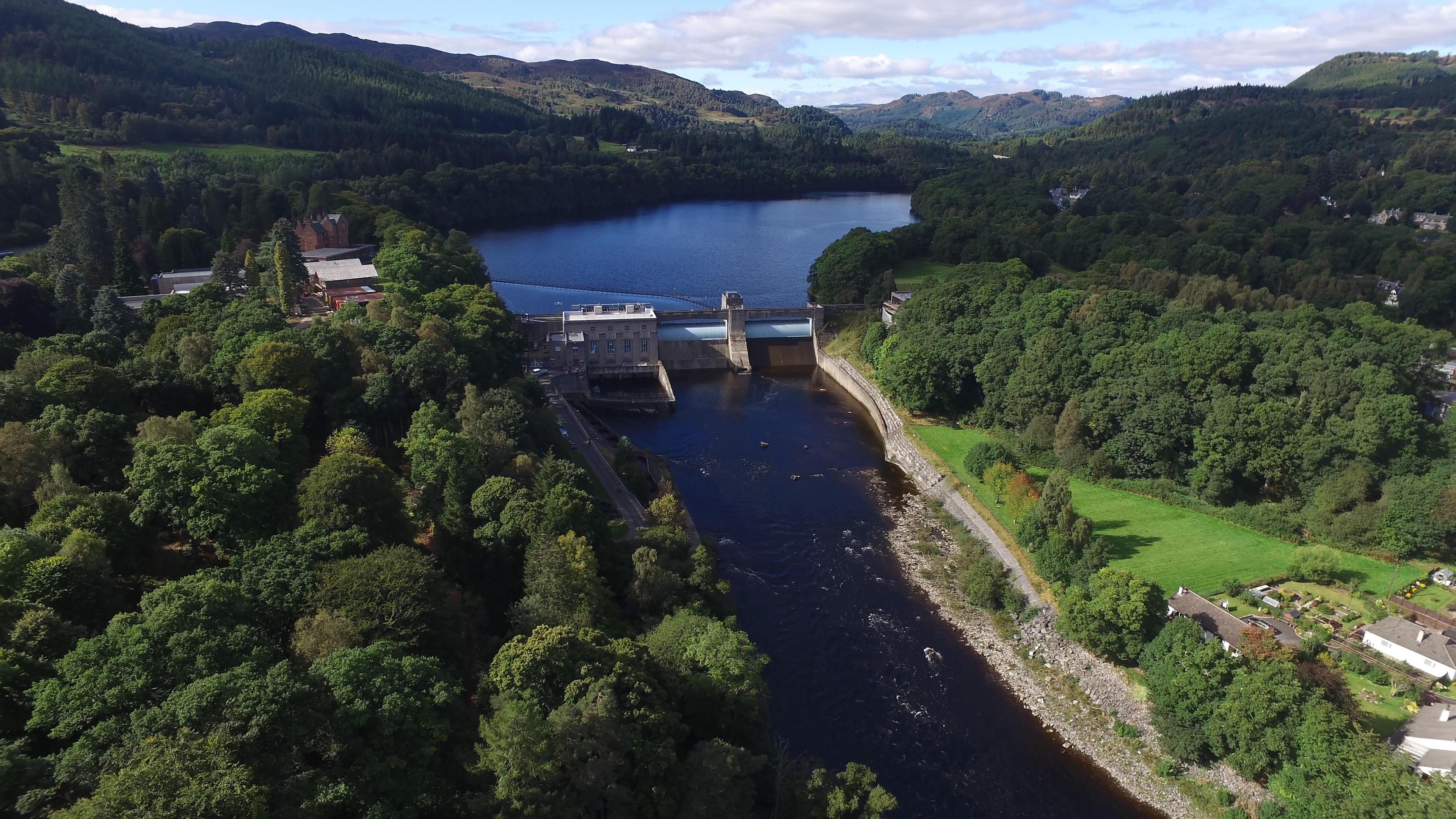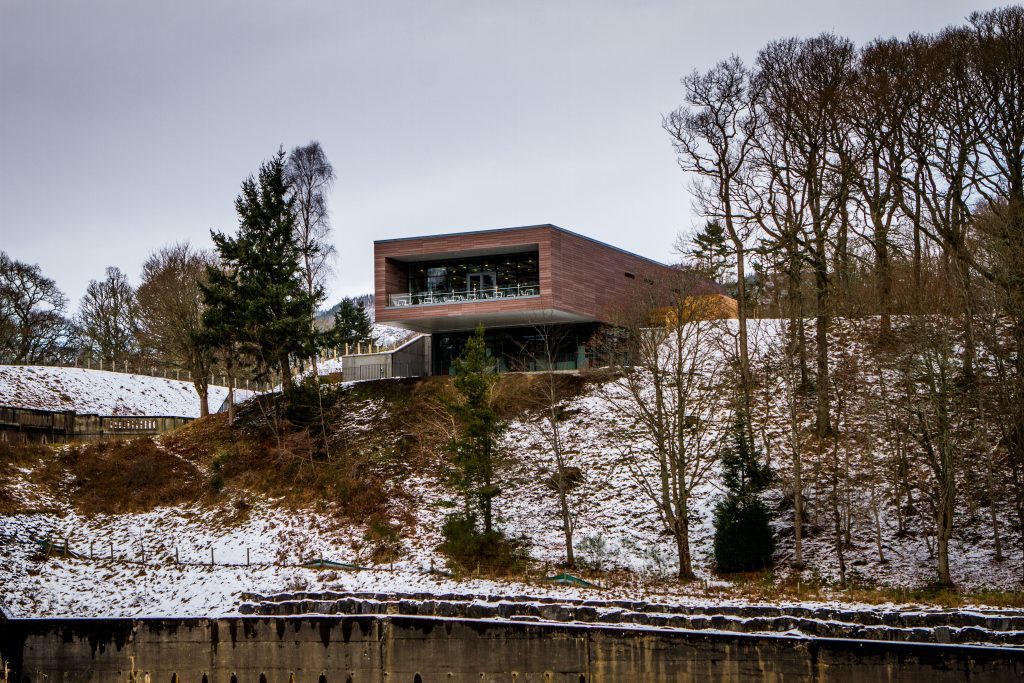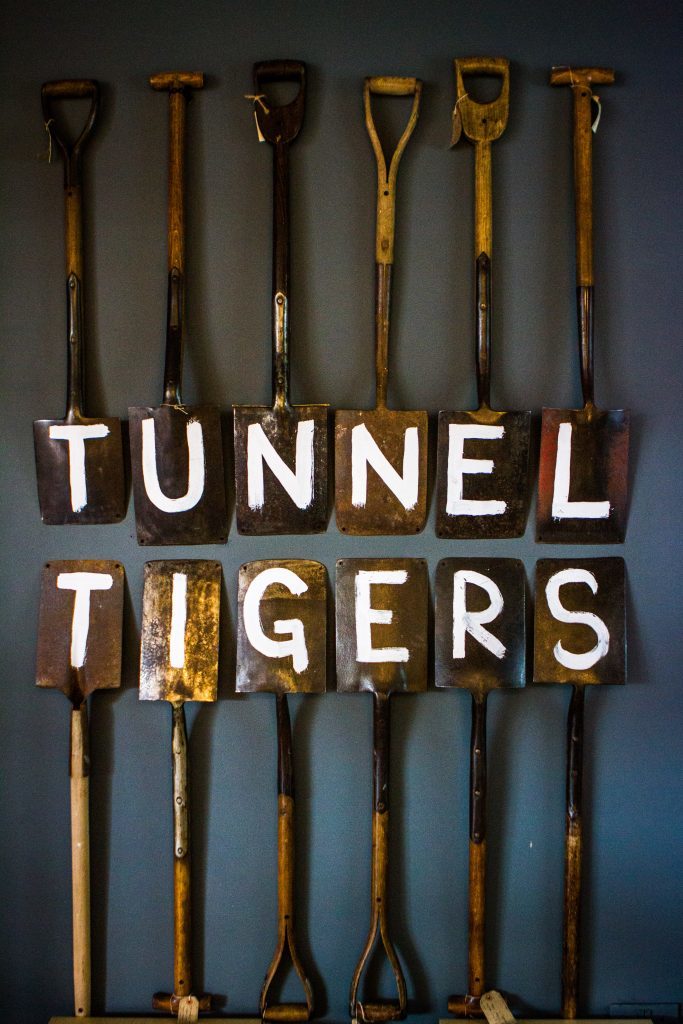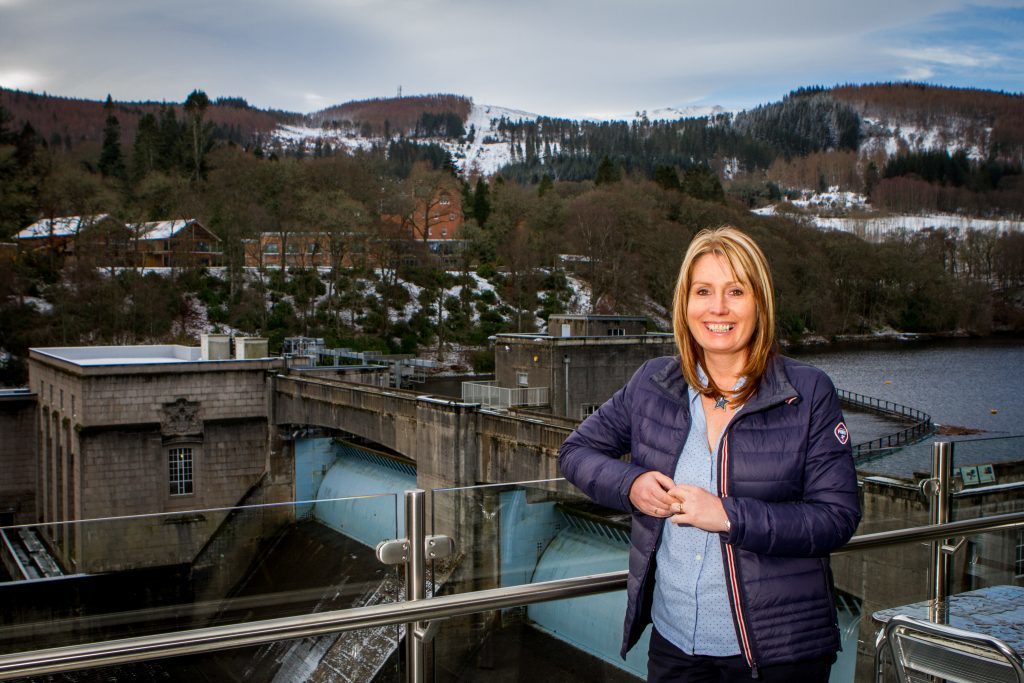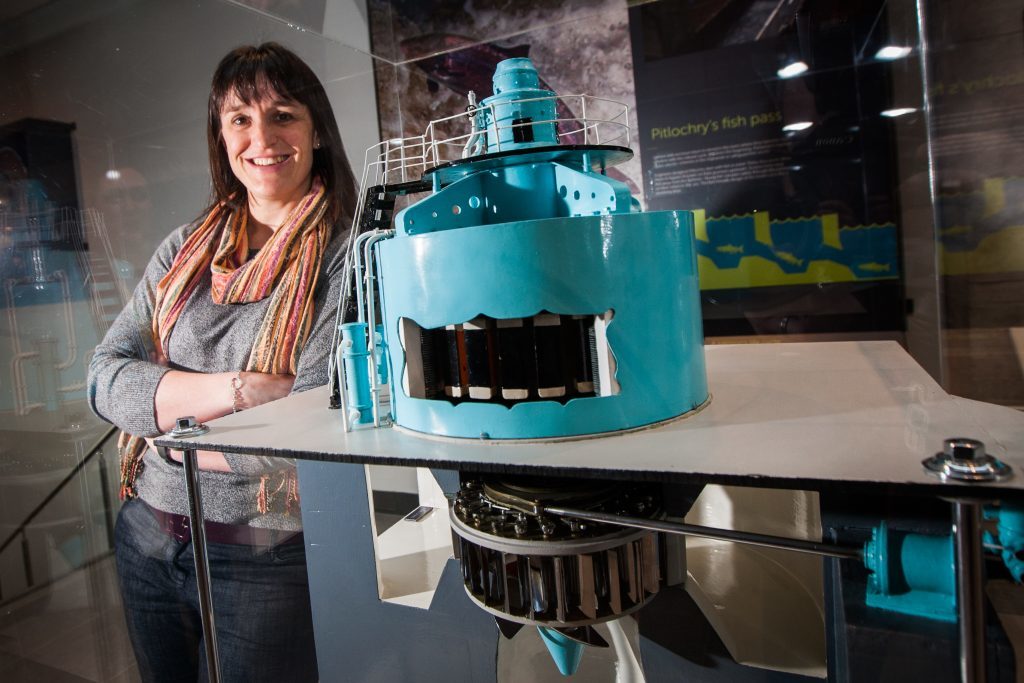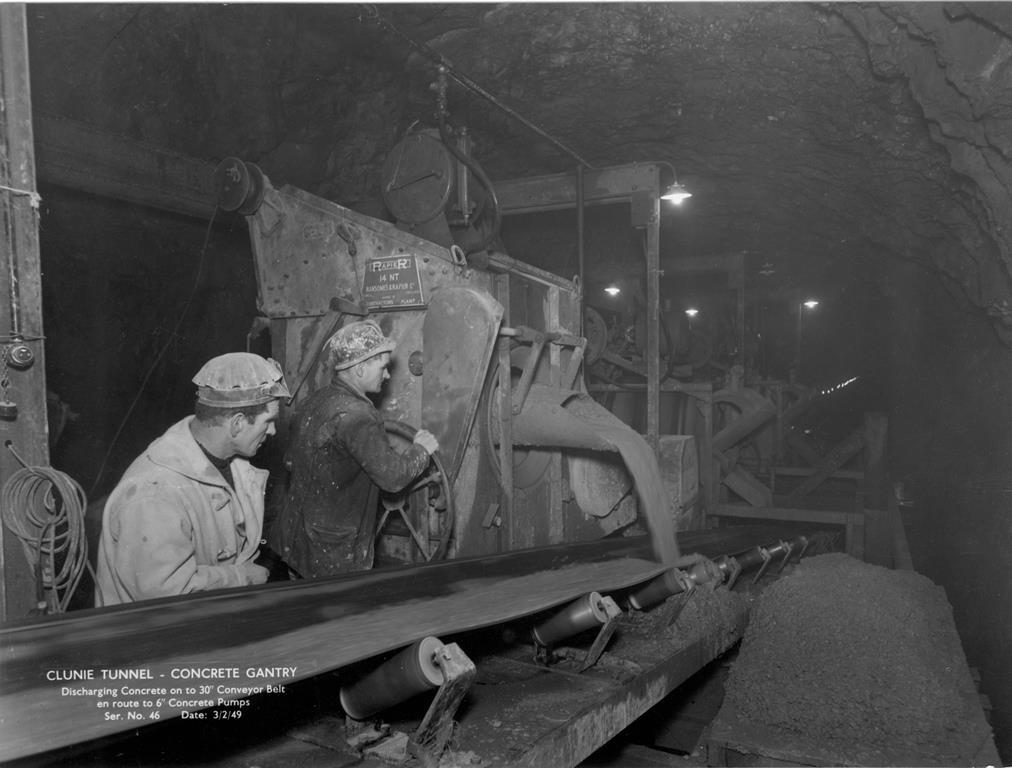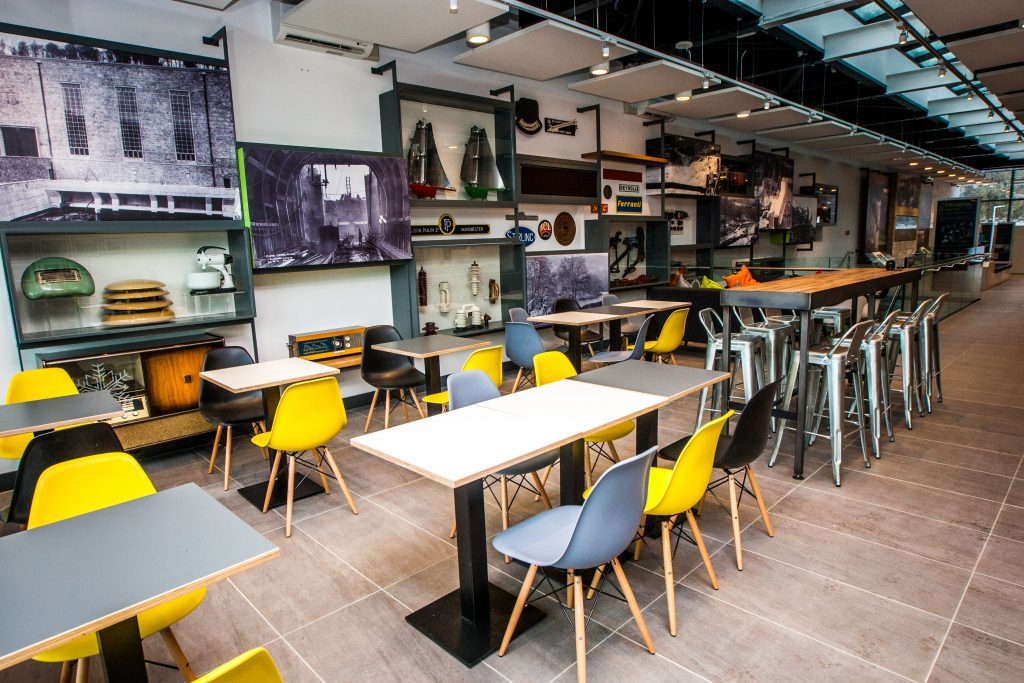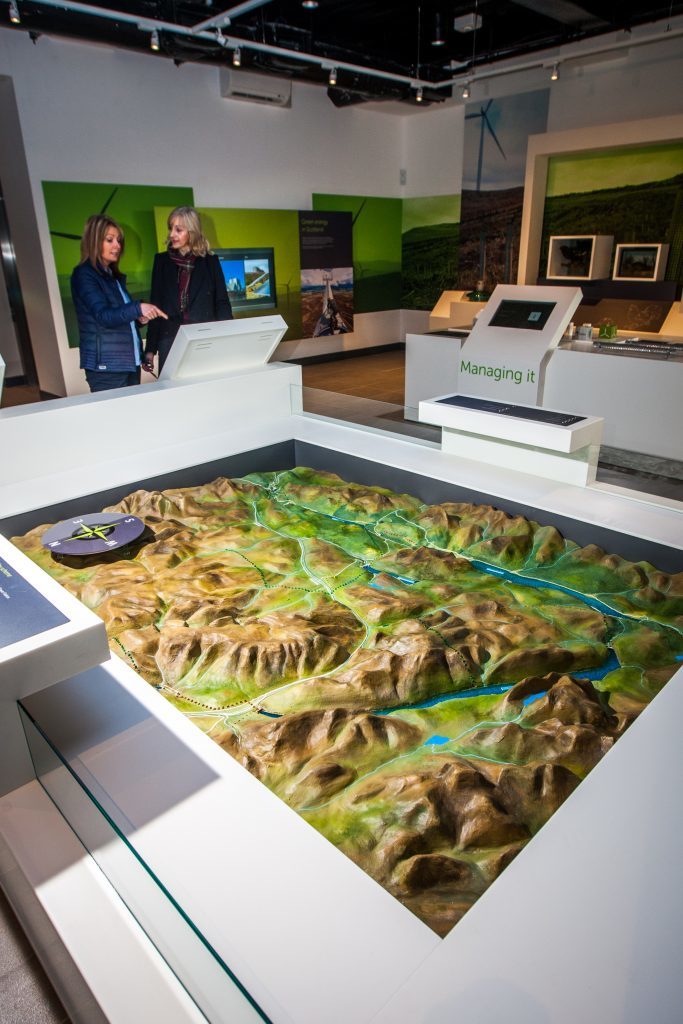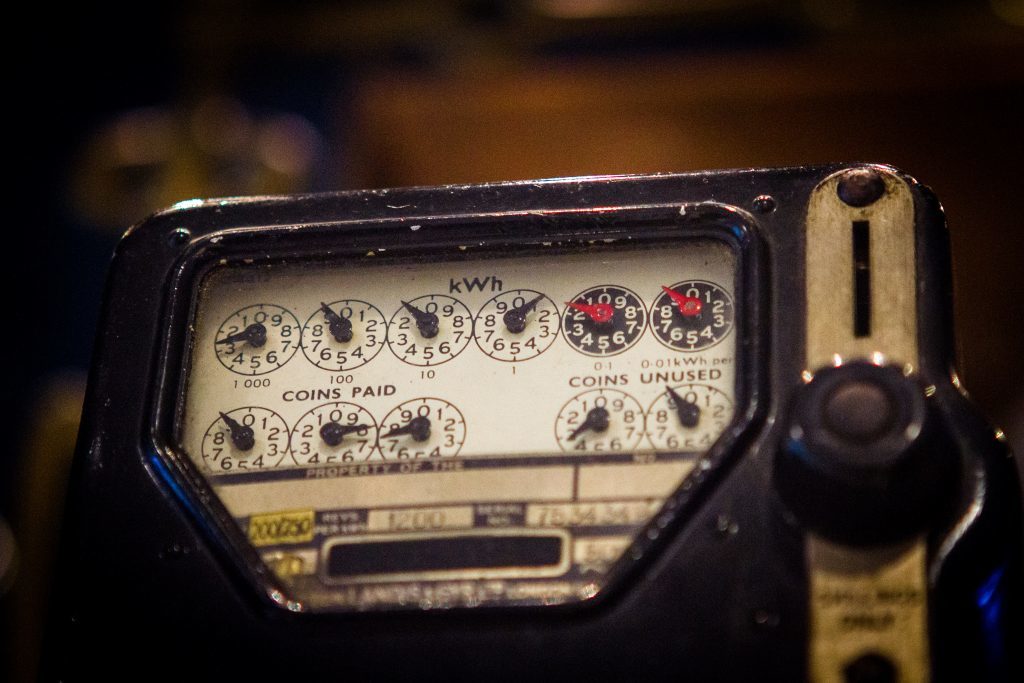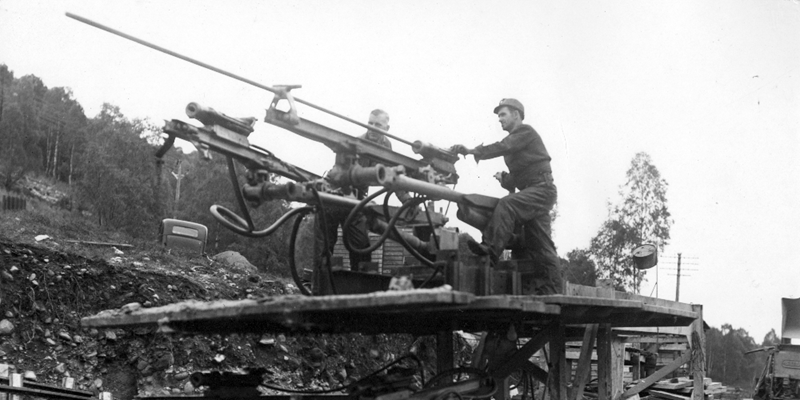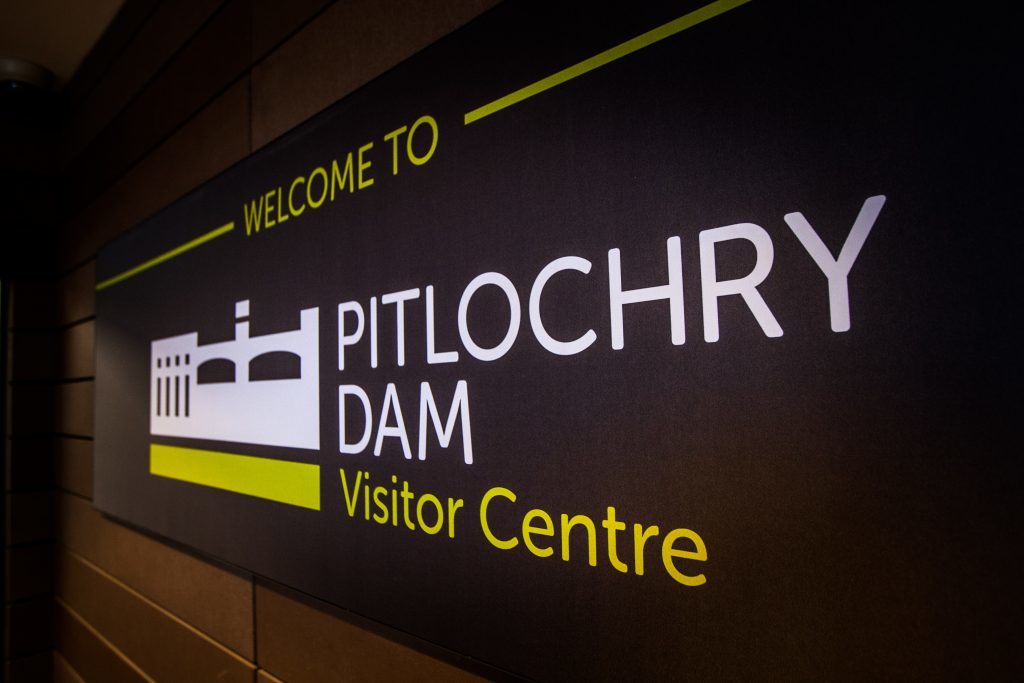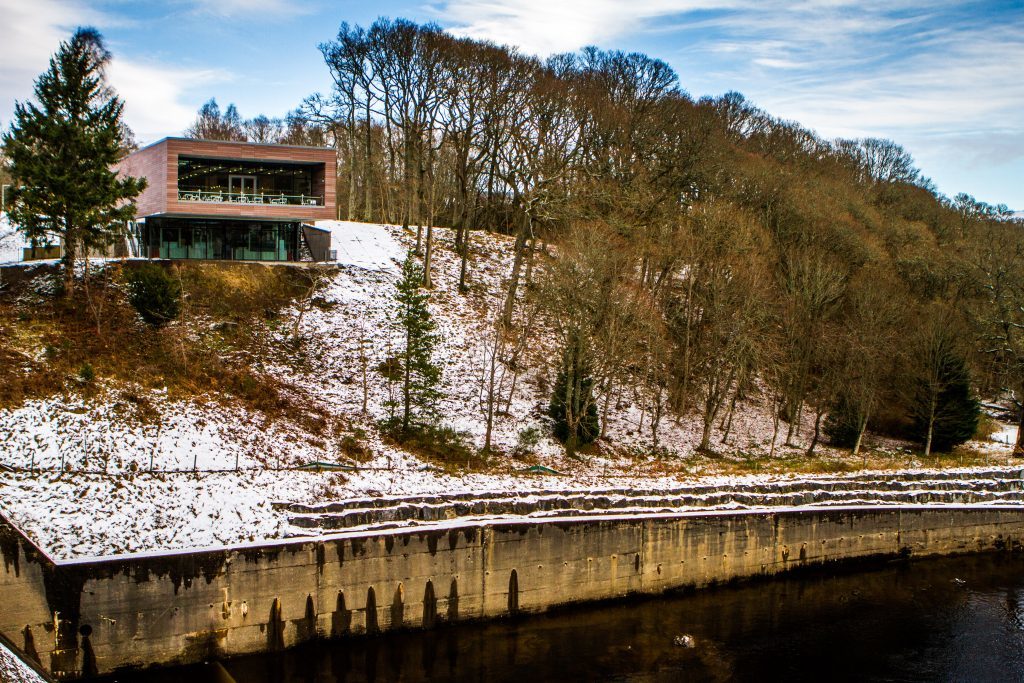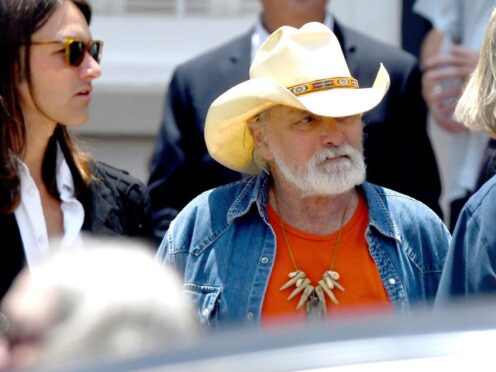Today, it’s all too easy to take electricity for granted. For example, how often do we stop to think that without electricity we would be plunged into a world of darkness? And yet for those living in 1940s Highland Perthshire this was the grim reality – only one in six farms and one in 200 crofts had electricity.
Thankfully, all this changed when prominent politician Tom Johnston realised the enormous potential of harnessing the geography and climate of the highlands to generate electricity by water power.
As a result massive hydro schemes allowed the inhabitants of the Highlands and rural Perthshire to enjoy the same benefits that city dwellers took for granted.
Now visitors to Pitlochry can learn the story of the inspiring Tummel Valley pioneers at SSE’s brand new state of the art £4million Pitlochry Dam Visitor Centre, due to open on January 30.
Situated on the banks of the River Tummel the year round, free to enter, the centre’s exhibitions will outline the unique history of hydro electricity, showcasing the social, environmental and engineering impacts of bringing power to the Highlands.
Visitors can learn how Johnston created the North of Scotland Hydro-Electrical Board and in the three decades following the Second World War, the Hydro Board’s teams of planners, engineers, architects and labourers (known as the Tunnel Tigers) succeeded in creating an epic succession of power stations – an extraordinary feat of engineering which has rightly become world renowned.
Fifty four power stations, 78 dams and 300 kilometres of tunnels helped turn natural energy into affordable electricity, transforming the way people lived and worked. In Pitlochry itself a dam across the River Tummel at Pitlochry was constructed between 1947 and 1951, thus creating Loch Faskally.
And because the dam would have been an impassable obstacle for economically important migrating salmon, the now iconic fish ladder was constructed, allowing the salmon to swim from the Tummel into the loch.
Tragically, the head engineer of the Hydro Board, Sir Edward MacColl, died just before the opening and a much more subdued ceremony was held in 1952 where a plaque in his honour was unveiled at the power station.
Gillian O’Reilly, SSE’s head of heritage, explains: “Our old visitor centre had a strong story to tell but was starting to look tired. So we took the brave decision to close and in November 2015 the foundation stone of the new visitor centre was laid.”
By September 2016 the bones of the new building had been created – a stunning cantilevered design by architect Craig Steven built into the hillside with fantastic views over the dam, the river and Loch Faskally.
It’s a dead cert that the new visitor centre will go down rather more favourably with locals and tourists alike than the original plans for Pitlochry Dam when they were first mooted in the 1940s.
“It’s ironic that today the dam and fish ladder have around 500,000 visitors a year because when construction first started in the late 1940s, many people were opposed to the project,” says Gillian.
In a letter to The Courier in 1952, one correspondent prophesied that the beautiful village of Pitlochry would be flooded out and many believed that it would ruin the scenery and harm salmon.
And a petition against the project read: “No-one acquainted with the scenic beauty of the Pitlochry district can fail to feel dismay at the prospect of that beautiful and historic piece of country being desecrated by the proposed scheme.”
However, as the project took shape, local people began to come round to the idea. Architects designed the dam to look pleasing, with clean lines and no overhead power cables. For public benefit, they added a walkway across the dam and a viewing chamber in the fish ladder. Planners invited residents to name the new reservoir who called it Loch Faskally after a local estate.
This is just a small part of the fascinating information available at the attractive new centre, which is largely constructed from glass to make the most of the stunning views and changing seasons.
“AT SSE we’re very proud of the company and its unique heritage,” says Gillian, “but the new centre isn’t hugely SSE branded. It’s not just about us, it’s about Scottish heritage and it’s our duty to share that story.
Exhibits at the centre are a mix of science, heritage and education, appealing across all age groups, and with lots of fun and informative interactive displays to play with, from a hand-carved recreation of the fish ladder – turn the handle and help the salmon work their way upriver – to touch screens, an old salmon counting machine, submarine cables, a model of the dam’s turbine and a power puzzle. In addition there will be a multi-purpose room which will be used as an education centre and double as a conference centre.
There’s also a fascinating trip down memory lane in the shape of an exhibition of old domestic appliances dating from the 1920s.
“People love reminiscing and we’re aiming to show the history of electricity, how hydro power is made, moved and managed and how we work with nature. We also highlight other green energy sources in Scotland including biomass and solar power,” says Gillian.
Fascinated in particular by the social history behind the story, Gillian has gathered stories from engineers and workers who helped bring hydro power to Scotland over 70 years ago. These accounts, which highlight harsh working conditions and emphasise the huge difference in today’s safety standards, will be shown in the centre’s film theatre. They include the memories of one of the original Donegal Tunnel Tigers, John ‘Gonna’ O’Donnel: “I was one of the original Tunnel Tigers who followed earlier generations of Donegal men travelling to Scotland for seasonal work. I started my induction to tunnel work in and around the hills of Killin.
“My first role was a ‘spanner’ man. It was a tough job which involved holding the drill machine for the four men working above me. Closing my eyes I can still feel the tumbling rocks coming down on my bare knuckles and how the constant drilling affected my hearing so that my ears rang constantly for that first fortnight in Perthshire. It was horrendous. But it was work, and for that I was very grateful,” John continues.
“My expertise expanded over the years and I spent most of my tunnelling career managing explosives. If I sniff the air I swear I can still conjure up the smell of the thick, black, choking, dust and smoke which followed each enormous blast. Boy, did the ‘geli-reek’ give us a sore head – or maybe it was because we had to hold our helmets on so tightly to stop them being blown off!”
Entry to the visitor centre will be free so the main revenue streams will be the centre’s shop, stocking a variety of items ranging from educational toys to locally sourced goods, gifts and souvenirs, and the 60-seater cafe (with another 20 seats on the balcony), serving light meals with local, seasonal ingredients where possible.
Manager Lisa Daniels, one of the centre’s core staff of 11, is proud to have been involved with the evolution of the centre from the very beginning. “Hydro heritage has a grip to it – it sucks you in and wraps itself around you like a warm blanket,” she smiles. “And that’s the feeling we want the centre to have.
“We want visitors to feel relaxed and that they can ask questions about any of the exhibits or share their stories with us. We’ve really keen for the centre to become part of Pitlochry life.”
And Gillian has the final word: “Today, we live in a world absolutely dependent on electrical power and don’t often stop to think how it reaches us. We also have a new appreciation of the green energy that hydropower provides.
“So come and explore Scottish hydro – past, present and future.”
Info
Pitlochry Dam Visitor Centre opens on January 30 and will be open seven days a week 9.30am-5.30pm, last entry at 5pm. Free admission and free WiFi.
www.pitlochrydam.com and www.sse.co.uk
